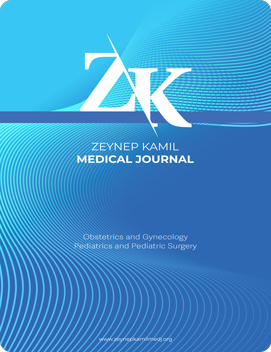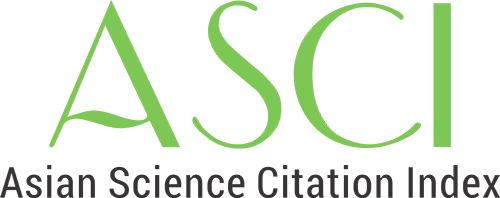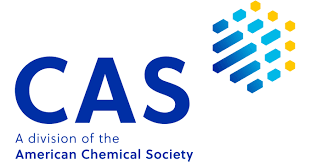Quick Search
Obstetric results of epileptic pregnant women: A retrospective analysis
Meltem Duraklı Ulukök1, Ufuk Atlıhan2, Hüseyin Aytuğ Avşar3, Can Ata31Department of Neurology, Çankaya Medical Center, Izmir, Turkey2Department of Obstetrics and Gynecology, Private Karatas Hospital, Izmir, Turkey
3Department of Obstetrics and Gynecology, Buca Seyfi Demirsoy Training and Research Hospital, Izmir, Turkey
INTRODUCTION: Epilepsy is one of the most common neurological diseases on a global scale and the second most common neurological disease during pregnancy. The aim of our study is to evaluate the pregnancy outcomes and complications of pregnant women diagnosed with epilepsy followed in our clinic.
METHODS: Between March 20182022, 147 pregnant women who were followed up in our hospital and diagnosed with epilepsy were examined. Demographic and clinical findings of all patients were compared retrospectively according to drug use history and seizure frequency during pregnancy.
RESULTS: There was no significant difference in mean birth weight and mean week of birth according to drug use groups (p=0.385, p=0.115, respectively). There was no significant difference between the drug use groups in terms of the presence of spontaneous abortion and history of preterm birth (p=0.360, p=0.210, respectively). No significant relationship was found between seizure frequency and seizure type (p=0.245). No significant relationship was found between seizure frequency and antiepileptic drug use (p=0.640). The average age of pregnant women with a history of polytherapy was 32.6±8.4 and was found to be significantly higher than the other groups (p=0.042). When the groups were evaluated according to drug use history, it was seen that the duration of epilepsy was significantly longer in the polytherapy group (p=0.044). When the groups were evaluated according to drug use history, it was seen that the cesarean section rate was significantly higher in the polytherapy group (p=0.038).
DISCUSSION AND CONCLUSION: Today, we think that pregnant women diagnosed with epilepsy have a high probability of giving birth to a healthy baby, spontaneous miscarriages are not more common than expected, and there is no significant difference between birth weight or week of birth and the treatment applied during pregnancy. The study also shows that with an appropriate approach and follow-up, it is possible to achieve positive results similar to those in the general population.
Manuscript Language: English
















